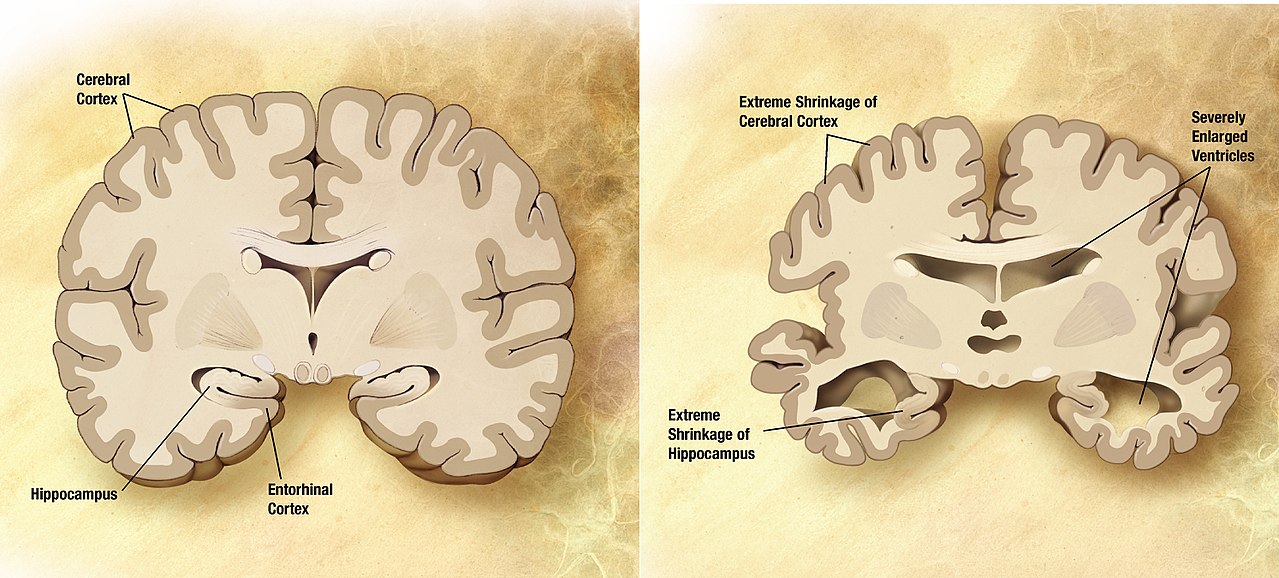Canadian researchers have found that impaired sense of smell may be an early sign of Alzheimer’s disease. The discovery can make it easier to diagnose the disease earlier.

Nearly 50 million people in the world live with dementia and one of the worst and most common types of dementia is Alzheimer’s disease, which is often diagnosed late when the disease has had noticeable consequences. The diagnosis is usually done by a memory test, but then the patient may already have lived with the disease for up to twenty years.
“Despite all the research in the area, no effective treatment has yet been found for AD,”
– Dr. John Breitner, the director of the Centre for Studies on Prevention of Alzheimer’s Disease at the Douglas Mental Health University Institute and one of the authors of the study published in the journal Neurology.
“But, if we can delay the onset of symptoms by just five years, we should be able to reduce the prevalence and severity of these symptoms by more than 50%.”
A team of Canadian researchers from McGill University in Quebec has found that an odor test can reveal Alzheimer’s disease. The researchers examined 300 people at increased risk of Alzheimer’s disease, with an average age of 63 with a parent who had suffered from the disease.
The study participants were asked to take multiple choice scratch-and-sniff tests to identify scents as varied as bubble gum, gasoline or the smell of a lemon. The researchers found that people who find it difficult to identify smells are at greater risk of developing the disease.
There are especially two areas in the brain that we use to identify smells. One is the brain’s center of smell. The second is the so-called ‘Entorhinal cortex’ that connects the brain’s memory center in the hippocampus with the rest of the brain cortex and is used to remember and recognize smells.
Both areas are among the first to suffer from Alzheimer’s disease and the odor test can, therefore, be used as an early indicator of the disease.
“This is the first time that anyone has been able to show clearly that the loss of the ability to identify smells is correlated with biological markers indicating the advance of the disease,”
– Marie-Elyse Lafaille-Magnan, a doctoral student at McGill and the first author on the study.
The researchers point out, however, that this test can not be used alone because there may be other reasons for impaired ability to identify smells.
Reference:
Marie-Elyse Lafaille-Magnan, BSc, MSc, Judes Poirier et al. Odor identification as a biomarker of preclinical AD in older adults at risk doi: http://dx.doi.org/10.1212/WNL.0000000000004159
Neurology July 25, 2017 vol. 89 no. 4 327-335






















